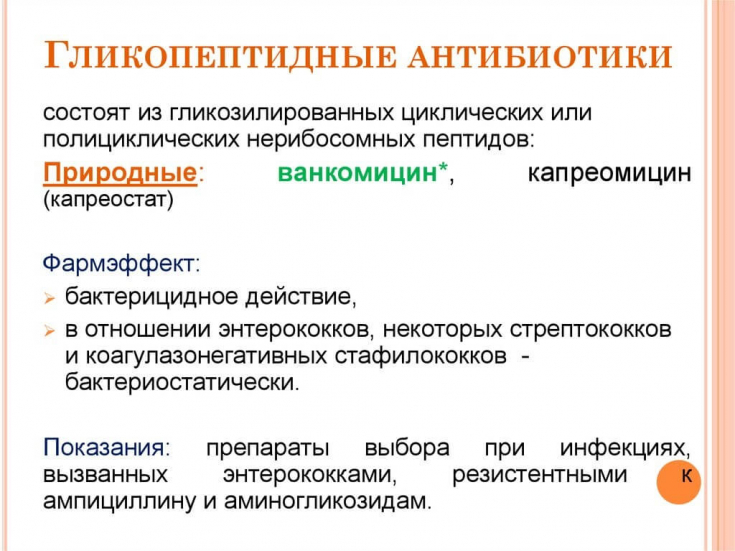Antibiotics − one of the few drugs whose discovery marked a real revolution in medicine, providing a breakthrough in the treatment of infectious diseases, and, as a result, a decrease in the death rate and an increase in life expectancy. The subsequent rapid development of antibiotic therapy, on the one hand, made it possible to successfully solve a number of serious medical problems, and on the other hand, led to the emergence of such an intractable problem as antibiotic resistance.
Learn in the article on estet-portal.com about new developments in prevention of resistance development in antibiotic therapy.
- Modern methods of developing antibacterial drugs
- Prevention of resistance in antibiotic therapy
- Biosynthesis and resistance: in the evolutionary aspect of antibiotic therapy
- Results of a study of methods to improve the effectiveness of antibiotic therapyand
Modern methods for the development of antibacterial drugs
The availability of information about the sequence of the microbial genome is transforming the possibilities for research into biosynthesis and resistance formation in antibiotic therapy, namely, information that can be used both to understand and to predict the development of resistance , as well as to search for new active components of antibacterial drugs.
Follow us on Instagram!
Various computer modeling tools make it easier to find and identify biosynthetic gene clusters − genetic sets that encode all the elements necessary for the synthesis of natural components, including for antibiotic therapy. So far, only a few studies have examined biosynthetic gene clusters as contiguous complexes.
Acute bronchitis: the effectiveness of drug therapy from the perspective of evidence-based medicines
Prevention of resistance in antibiotic therapy
In a new work, researchers from the Department of Biochemistry and Biomedical Sciences, McMaster University, Canada, focused on biosynthetic gene clusters encoding the synthesis of glycopeptide antibacterial drugs.

In the presented study, for the first time, the processes of biosynthesis and the formation of antibiotic resistance are considered in evolutionary terms. The findings of this work enrich the possibilities for further searches for new antibacterial drugs or alternative agents that are vital in view of the steady increase in the global threat of resistance to available antimicrobial drugs.
What is the danger of infectious mononucleoh
Biosynthesis and resistance: in the evolutionary aspect of antibiotic therapy
Glycopeptides − a class of antibiotics that is represented by glycosylated cyclic or polycyclic non-ribosomal peptides. The mechanism of action of these antibacterial drugs is to block the synthesis of peptidoglycan in the cell wall of sensitive microorganisms. Separate representatives of this class of antibacterial drugs are vancomycin, teicoplanin, bleomycin. Glycopeptide antibacterial drugs are produced by actinobacteria by activating biosynthetic gene clusters that regulate their synthesis, release, resistance to environmental conditions, and the like.
 The biochemical and biosynthetic diversity of glycopeptides is the result of a complex evolutionary process. This makes it difficult to track events during antibiotic therapy due to the sequences of genomic variations, given that the retention of certain components of these gene clusters is variable and each individual one may have its own developmental trajectory.
The biochemical and biosynthetic diversity of glycopeptides is the result of a complex evolutionary process. This makes it difficult to track events during antibiotic therapy due to the sequences of genomic variations, given that the retention of certain components of these gene clusters is variable and each individual one may have its own developmental trajectory.
Rationale for prescribing probiotics for gastroenteritis
At the initial stage of the work, the authors identified actinobacteria genome sequences encoding all the necessary genetic programs for the synthesis of glycopeptide antibiotics. After that, the changes in these genetic programs were traced and plotted, taking into account the time of evolution.
So, the properties of resistance were improved in parallel with the synthesis of antibacterial drugs, as a way of self-defense and further survival of bacterial microorganismsv.
Results of a study of methods to improve the effectiveness of antibiotic therapy
In particular, in the course of the study, scientists found that biosynthesis and resistance to glycopeptide antibacterial drugs in actinobacteria corresponds to a development period of about 150-400 million years ago. At the same time, according to the data of phylogenetic analysis, it was found that the precursors of glycopeptide biosynthesis are much older than other bioactive components, and this suggests the development of biosynthetic gene clusters from a pre-existing gene pool.

In addition, it has been proven that resistance to antibiotic therapy was formed simultaneously with biosynthetic gene clusters. According to scientists, this raises the possibility that the mechanism of biological action of glycopeptides has become a driver of the diversification of these gene clusters.
Beware of infectious mononucleosis
According to the conclusion of the authors, the obtained results position the parameters of biosynthesis and resistance to antibiotics in an evolutionary context. This perspective can guide the search and discovery of new antibacterial drugs with an alternative mechanism of antimicrobial action, the vital need for which can hardly be overestimated even now, since the effectiveness of currently available antibiotics is steadily leveled by human activity.
HIV Infection: Why Vaccine Development Is Necessary







Add a comment